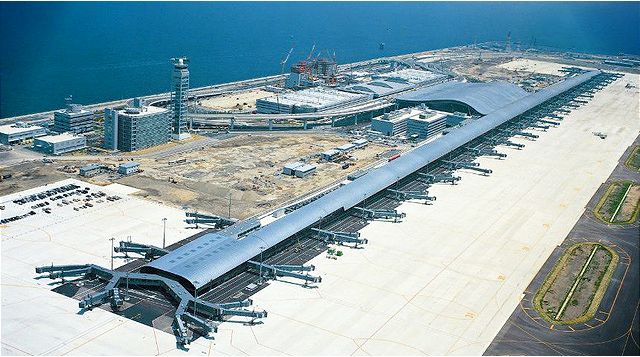Vietnam PM urges speed-up of $440mn Phan Thiet airport development
The order, announced by the Government Office on Friday, came after the premier had a working session in Binh Thuan Province on May 31, with the construction of the Phan Thiet Airport high on agenda.
Phan Thiet Airport, estimated to cost more than VND10 trillion (US$440 million) in its first phase, is planned to be located in the eponymous city, the capital of Binh Thuan, some 210km east of Ho Chi Minh City.
 |
Planning for the airdrome was announced in 2014 and has recently been revised. The adjusted planning is pending approval from the transport ministry before being submitted to higher authorities.
Accordingly, the airport will be developed to meet the International Civil Aviation Organization (ICAO) reference code of 4E, instead of the lower 4C as initially planned.
The ICAO reference code consists of two "elements," a code number and a code letter. The code number of any type of aircraft is determined by the airplane reference field length. The code letter is determined by the aircraft's wingspan and distance between the outside edges of the wheels of the aircraft's main gear.
Under the revised planning, the airport is expected to span 19,200 square meters, compared to 5,000 square meters in the original plan, capable of serving two million passengers a year.
The facility will feature a 3,050 meter runway, compared to the previously proposed 2,400 meter airstrip.
The new design also seeks to make the airport tarmac capable of housing two Code E aircraft (A330, A340, B777, B747) and four Code C planes at a time.
According to the new zoning, Phan Thiet airport will be divided into two respective areas for civil and military aviation services, and a shared area for dual purposes.
Planning for the airport has been upgraded to allow the facility to meet demand of such air routes as Noi Bai - Phan Thiet, Van Don - Phan Thiet and Cat Bi - Phan Thiet, using Code E aircraft.
The adjustment of airport planning was conducted by the Civil Aviation Authority of Vietnam (CAAV) and the Aviation Design and Construction Consultant Company.
Construction is expected to cost VND10,272.9 billion ($452 million) for the first phase ending 2020, and another VND332.5 billion ($14.63 million) is needed for the next phase ending 2030.
According to the CAAV, the whopping investment will be funded by two sources, with a private entity expected to develop the civil aviation area under the BOT (build-operate-transfer) scheme, and the defense ministry to take charge of the military zone through the BT (build-transfer) scheme.

